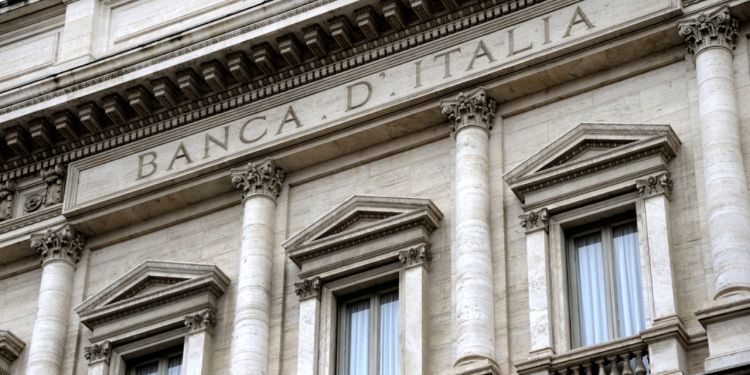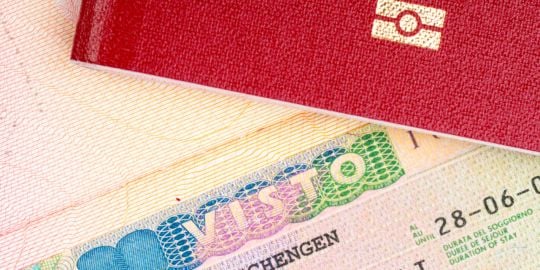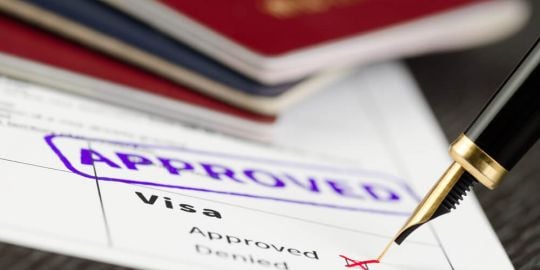Banking in Italy

If you plan to settle down in Italy, you will want to open a bank account, which you can do as a resident or non-resident.
Non-residents in Italy
If you are a non-resident you are entitled to open a conto estero (non-resident) account. You can pay foreign currency or imported euros into this account, there is no tax on interest earned on deposits made, and the account pays a higher interest than resident accounts.
Residents in Italy
If you live in Italy, you will need to open a residents bank account. To apply for this, you will need to provide your residency permit and/or evidence of employment in Italy.
Important:
To open a bank account you must be 18 or older.
There are two different types of account: Conto Corrente Cointestato (standard current account), and Conto Corrente Cointestato (joint current account).
Opening your bank account in Italy
Current accounts can differ significantly from bank to bank, and it is advisable to compare rates for different banks. Banks in Italy range from small domestic banks to international banks. Some of the most popular banks include BancoPosta, Unicredit, Deutsche Bank Italia, BNP Paribas BNL DItalia and Banco di Napoli. Intesa San Paolo is another popular bank, particularly with expats, given that it has over 5600 branches and a multi-lingual contact centre. For a comprehensive list of all major banks in Italy, click here.
Please note that BancoPosta is a division of the Italian post office, which provides current and savings accounts, payment services, loans, insurance, and investment services.
Good to know:
Look out for international money transfer charges, as these can be particularly high.
It is advisable to go into your local branch to set up your bank account. In order to open one, you will need to supply a valid identity card (usually your passport), your tax code (both tax holders' tax codes if it is a joint account), proof of address, and a certificate of residence.
If you wish to apply for a bank account from abroad, you can obtain an application form from the branch and apply via correspondence. You will need to provide a reference from your bank, a certificate of your signature witnessed by a solicitor, a copy of your passport, and a few euros with which to open the account.
Cards
All current accounts will offer a credit and debit card. Italy has a large network of ATMs and most have a â¬300 daily withdrawal limit. Visa and MasterCard are popular in Italy, as well as CartaSi.
Fees and rates
As with most countries, bank fees in Italy are unavoidable. Whilst each individual bank will apply its own fees, you can expect to pay:
- ATM fees between â¬1-3 at ATMs that are not from your bank
- International withdrawal fees
- International transfer fees
- Interest paid on cheque accounts (quarterly)
- Each entry on your bank statement will typically cost between â¬0.80 and â¬1.50, although most banks will also give you 100 free transactions per year
Good to know:
General banking hours in Italy are 8 am-1.30 pm and 2 pm - 4.30 pm Monday to Friday. Some banks may open on Saturday morning.
Useful links:
List of major banks in Italy
BancoPosta
Deutsche Bank Italia
BNP Paribas BNL D'Italia
Banco di Napoli
Intesa San Paolo
Unicredit
Hellobank
N26
Hype
Chebanca!








